




For over 100 years, USDA research has supported America’s farmers and ranchers, helping our agricultural sector respond rapidly and successfully to challenges as they arise. That includes working toward systems that protect long-term crop and animal health by making sure farmers are armed with knowledge and tools to make their crops and livestock more resilient to disease while keeping costs low.
The 2014–2015 highly pathogenic avian influenza (HPAI) outbreak was the worst animal disease outbreak experienced in the United States, sweeping across 15 States and forcing officials to kill nearly 50 million birds. Consumers felt the economic impact as egg prices increased by 50.6 percent per dozen and egg shortages were seen all the way through the Midwest.
David Suarez is the research leader for Exotic and Emerging Viral Diseases Research at USDA’s U.S. National Poultry Research Center in Athens, Ga. Hear from him how USDA scientists worked within weeks to develop a rapid molecular test to detect the virus and quickly engineered a vaccine using a new reverse genetics technology.
Join us throughout the month of November as we tell the story of how a strong commitment to agricultural discovery has enabled USDA to deliver problem-driven and solutions-based research and development that empowers farmers, foresters, ranchers, landowners, resource managers, professors and policymakers manage the risks we face. We invite you to catch up on Chapter XI on our Medium site and follow along on the USDA blog and by using #USDAResults.


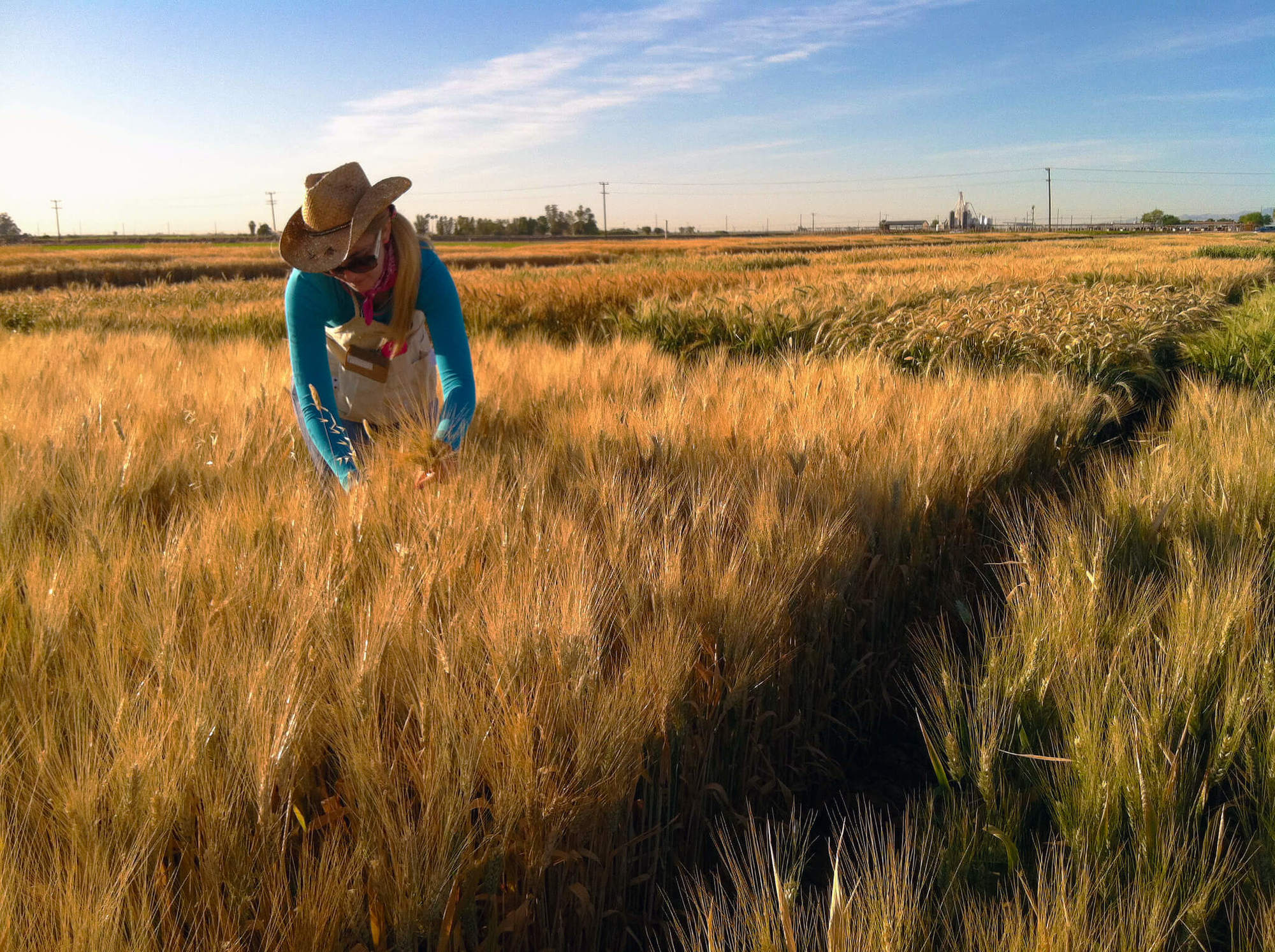
Brittany Hazard, a University of California-Davis doctoral student collecting samples from a wheat field.
Throughout the month we’ll tell the story of how a strong commitment to agricultural discovery has enabled USDA to deliver problem-driven and solutions-based research and development.


In honor of Veterans Day, Deputy Under Secretary Lanon Baccam provided Agriculture Secretary Tom Vilsack with an overview of USDA’s support for veterans. Baccam, a proud army veteran, also serves as the Department’s Military Veterans Agriculture Liaison.

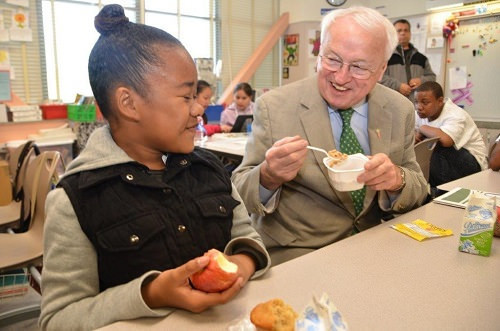
USDA’s new Child Nutrition Technology Innovation Grants apply to school meal programs, summer meal programs and the Child and Adult Care Food Program.


Henry Smith, who served in the 75th Infantry Division in World War II, holds a gift he received when he visited Belgium earlier this year. The framed item includes a photo of Smith and thank-you notes from people who today live in towns that he helped liberate in 1945. He is wearing his uniform coat from that time.

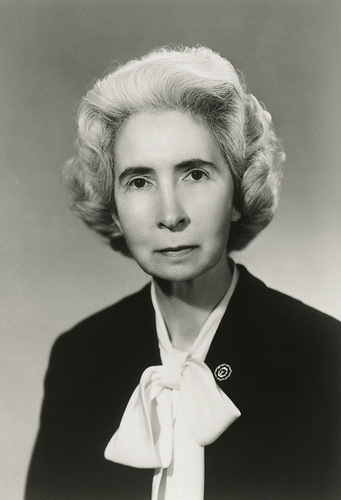
Science can do more than improve people’s lives; sometimes it can save them. Consider the contributions of the late Allene Rosalind Jeanes, an Agricultural Research Service (ARS) chemist. Her efforts are particularly worth celebrating this Veteran’s Day.

Veterans Returning to Civilian Life Bring Skill and Talent to Farm and Ranch
In honor of Veterans Day, Deputy Under Secretary Lanon Baccam provided Agriculture Secretary Tom Vilsack with an overview of USDA’s support for veterans. Baccam, a proud army veteran, also serves as the Department’s Military Veterans Agriculture Liaison.
A Root Beer-Based Discovery that Saved Lives
Science can do more than improve people’s lives; sometimes it can save them. Consider the contributions of the late Allene Rosalind Jeanes, an Agricultural Research Service (ARS) chemist at what is now the National Center for Agricultural Utilization Research in Peoria, Illinois. Her efforts are particularly worth celebrating this Veteran’s Day.
Promoting Integrity through Improved Technology
If you’re a frequent reader of this blog, you already know that USDA is committed to continuously improving the integrity of their programs. We strive to operate our programs effectively and efficiently. We aim to provide program participants with the best service possible, while ensuring taxpayers get the biggest bang for their buck.
A Hero in Farmville
When I met Henry Smith in March, he told me about how two months earlier he stepped off of a plane and onto Belgian soil for the first time in more than 70 years. He said the setting was immediately familiar to him.
We All Agree – Veterans Are Part of Our National Fabric
With the political rhetoric finally over, there’s one inspiring message that everyone can agree with—our veterans already make America great every day. Every veteran who joined the military following the end of the draft in 1973 volunteered to serve our country. And they want to continue serving even after they packed away their uniforms.
Growth and Opportunity in the Organic Sector
Since USDA’s Agricultural Marketing Service (AMS) implemented the organic regulations in 2002, the U.S. organic sector has tripled in size to over 22,000 certified organic operations with over $43 billion in U.S. retail sales. Demand for organic products is expected to continue growing. This strong consumer demand outruns supply, providing market opportunities within the organic sector.
NIFA Programs Salute and Assist Veterans and their Families
Whether protecting our nation and its highest ideals with military service or ensuring a safe, abundant, and nutritious food supply as veterans, we are grateful for their willingness to serve.
From Camouflage to Crops – USDA Offers Veterans New Career Opportunities
At USDA, we are thankful for the military men and women who are serving or have served this nation. We are committed to providing them with opportunities for their next career to be in agriculture.
Shaping Forests from the Bottom Up: It’s All About Root Disease
The old proverb: “You can’t see the forest for the trees” should have continued with a line saying that it’s even harder to see below the trees. Because seeing under trees, their root system to be exact, is how scientists understand and appreciate the things that will determine what we all see in our future forests. A new publication just released by the US Forest Service seeks to help forest managers recognize important root diseases and provide the best management strategies.
Environmental Markets Help Improve Water Quality
Environmental trading markets are springing up across the nation with goals of facilitating the buying and selling of ecosystem services and helping more private landowners get conservation on the ground.
High-Tech Agriculture Continues to Reap Rewards for Farmers and Society
Just like a smart phone helps users learn, communicate and make important decisions, smart technology—known as precision agriculture—helps farmers know and apply critical information about the right investments in fertilizer, seed, pesticide and water needed to produce their crops. Through new technologies, farmers produce more efficiently and see an increase in profits while improving stewardship of ecosystems and local communities.

Fiscal Year 2016 Ag. Exports Exceed Expectations
The fiscal 2016 trade year did not turn out as badly as some had expected earlier in the year. (Gary Crawford and Bryce Cooke)

Vilsack reflects on his time at helm of USDA (Brownfield Ag News)
USDA chief Tom Vilsack is one of the longest-serving ag secretaries in history. During a recent appearance in northwest Missouri, where he announced a new round of USDA financing for rural electric projects, we asked Vilsack if there is any “unfinished business” as he prepares to leave the USDA.
USDA to Tighten Food Safety Inspections in 5-Year Plan (Bloomberg BNA)
The Agriculture Department office tasked with inspecting meat, poultry and eggs for foodborne pathogens is set to expand its testing as part of its five-year strategic plan. In its report, the Food Safety and Inspection Service laid out a broad agenda that would increase inspections, toughen food safety standards and expand processes for evaluating imported food products covered by the agency. “FSIS is expanding the breadth, depth, and frequency of its sampling to better address gaps in testing for pathogens and chemical residues in FSIS-regulated products,” the agency said in the Nov. 4 report.
$25 million in Conservation Innovation Grants (Wisconsin State Farmer)
Agriculture Secretary Tom Vilsack announced that USDA is seeking new proposals for cutting-edge projects that will provide new conservation opportunities through its competitive Conservation Innovation Grants (CIG) program. Through USDA’s Natural Resources Conservation Service (NRCS), the department will invest up to $25 million for projects that spark the development and adoption of innovative conservation technologies and approaches in areas like conservation finance, data analytics, and precision conservation to benefit producers on private agricultural and forest lands.
USDA awards $499,958 in grants to 2 SD businesses (Farm Forum)
Agriculture Secretary Tom Vilsack announced that USDA is providing more than $45 million to help farmers, ranchers, small businesses and entrepreneurs nationwide develop new product lines. USDA is investing in 326 projects through the Value-Added Producer Grant (VAPG) program. Two of these projects are located in South Dakota. “Value-Added Producer Grants are one of USDA’s most sought-after funding sources for veteran and beginning farmers, and rural-based businesses,” Vilsack said.



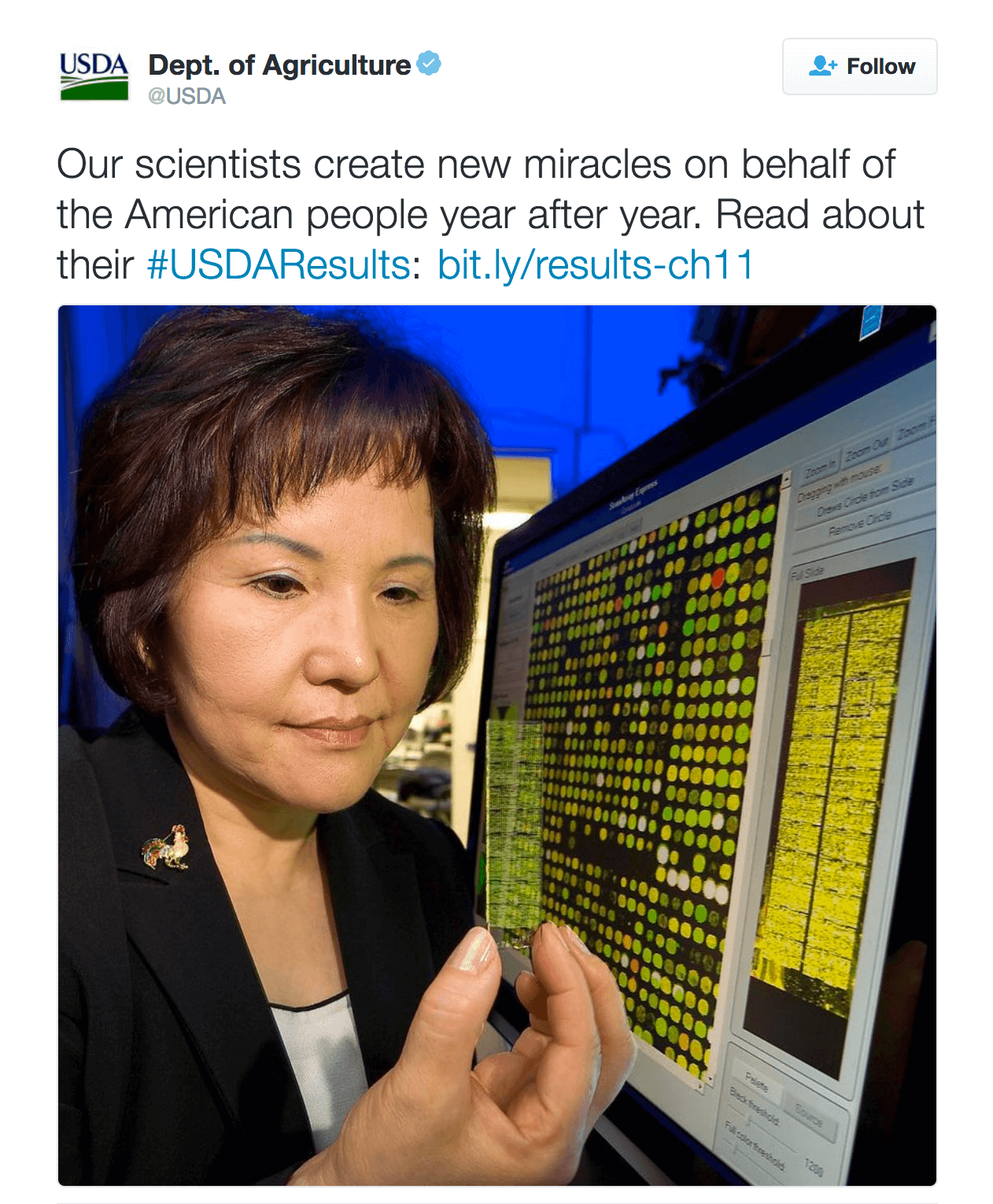



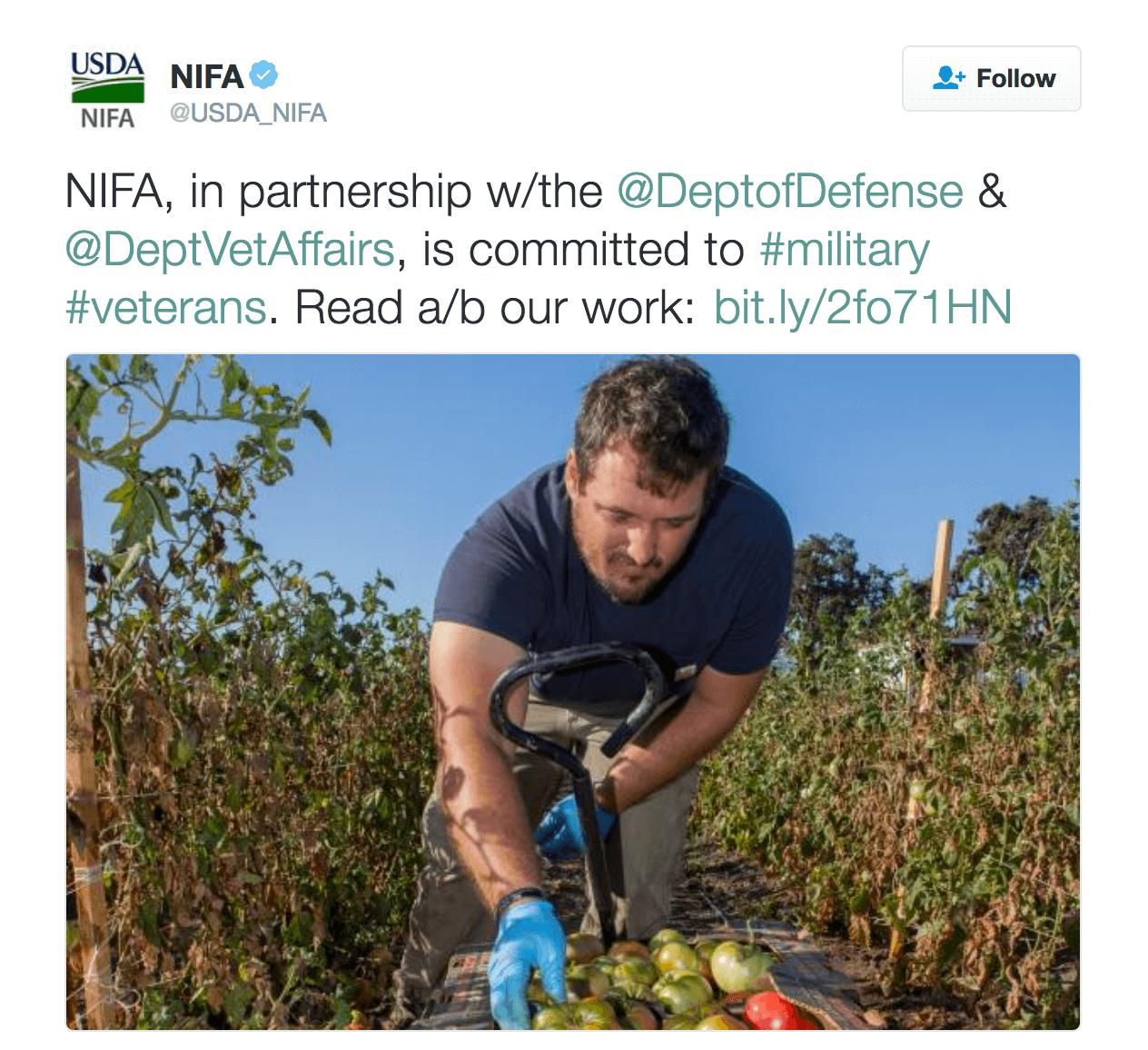

|

